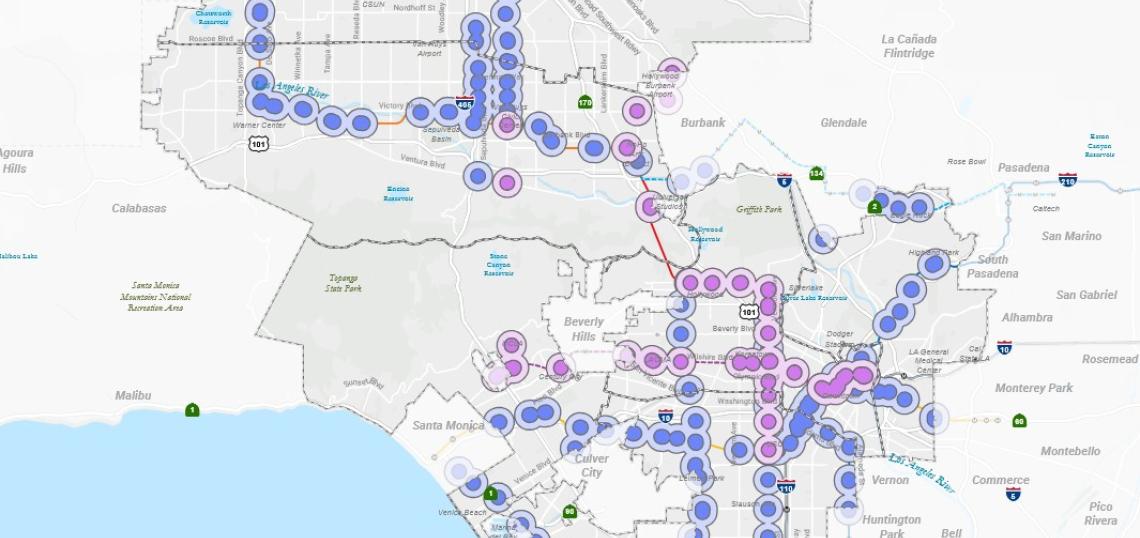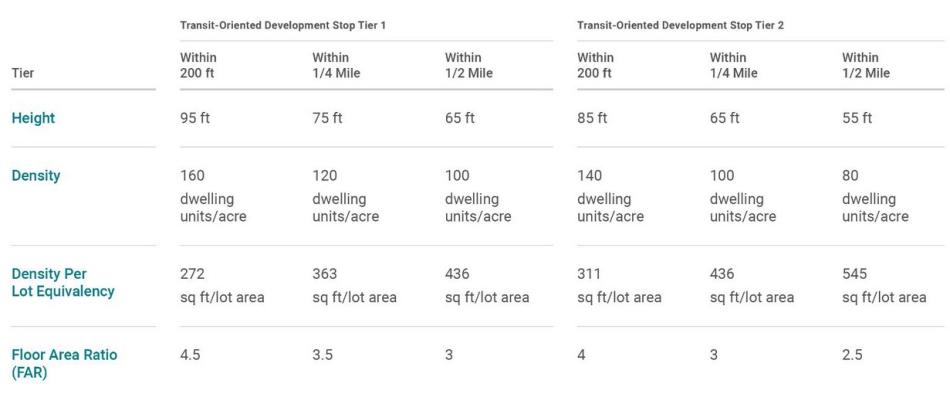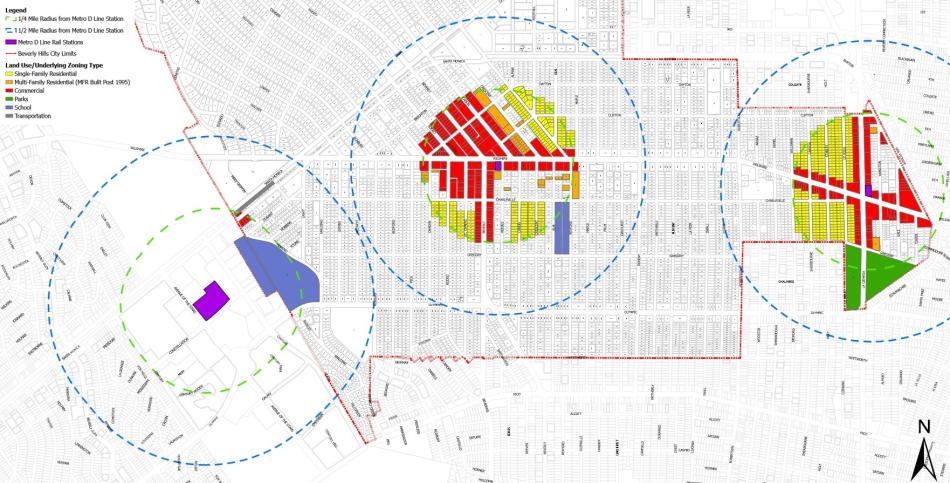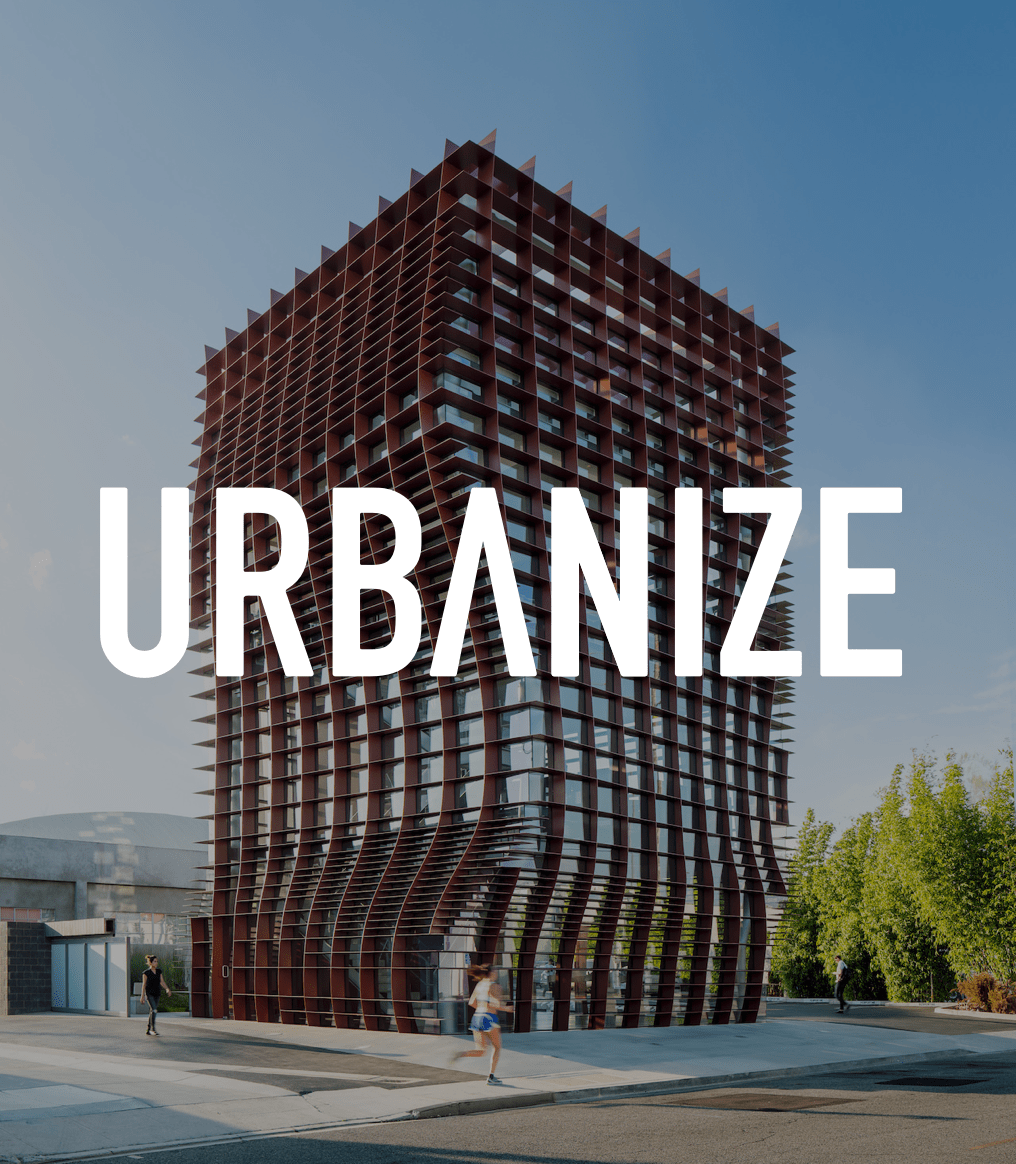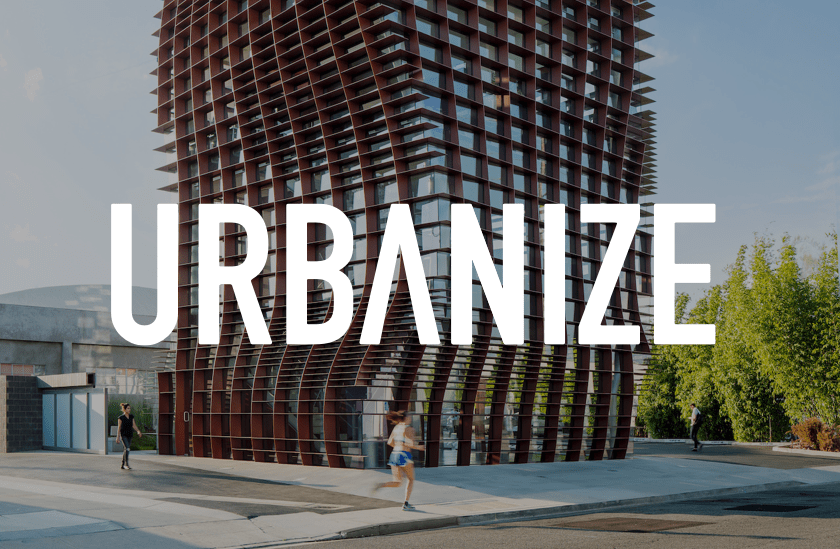Earlier this year, Governor Newsom signed SB 79 into law, paving the way for the construction of dense housing near major transit hubs, even when disallowed by local zoning rules. The City of Los Angeles is now looking to develop its own implementation plan for the landmark legislation, potentially taking advantage of numerous carve-outs to delay or blunt its impact.
A staff report, scheduled for review at the November 17 meeting of the City Council's Planning and Land Use Management Committee, recommends that the development of a local alternative plan. These alternative plans, which are permitted under SB 79, allow cities to revise the zoning and development standards for individual sites located within a SB 79 TOD zone (a half-mile radius surrounding a major transit stop), provided that there is no citywide reduction in net capacity for all SB 79 zones. The Planning Department has previously estimated that there are 150 such zones in the City of Los Angeles, created by stops on Metrolink's regional rail system, Metro's subway and light rail lines, bus rapid transit lines, and some full-time bus lanes such as those on Venice Boulevard.
TOD zones in SB 79 are divided into two tiers. For the City of Los Angeles, Tier 1 zones consist of those surrounding heavy rail stops (such as the B and D Lines), while Tier 2 zones are those surrounding light rail and bus rapid transit lines (like the E Line or the G Line). The development standards for those are as follows:
However, cities are permitted to exclude certain areas from the provisions of SB 79 via a local alternative plan - even if they are located within a half-mile radius of one of these hubs. These include sites which are located within very high fire hazard severity zones, sites which are vulnerable to one-foot sea level rise, sites that are developed with a local historic resource, areas which are designated as "low resource," and certain industrial areas. The City Council has been asked to adopt an ordinance to delay effectuation of SB 79 in these areas until one year following the adoption of the City's seventh cycle Housing Element, which is expected to occur in 2030.
Alternative plans for SB 79 are required to maintain the total zoned capacity of both residential units and floor area within all of a city's TOD zones. With the exception of the areas eligible for delayed implementation due to issue such as fire risk or vulnerability to sea level rise, alternative plans are not allowed to reduce the capacity for any individual TOD zone by more than 50 percent, and the density of individual sites cannot be decreased by any more than 50 percent or increased to more than 200 percent of what is allowed by SB 79.
A staff presentation states several factors as a rationale for delaying implementation, including the intent to steer development into higher resource areas, which are in many cases eligible for more generous development incentives than provided by SB 79 through the Citywide Housing Incentive Program. Likewise, the Planning Department notes that ongoing community plan updates will need to be amended to ensure consistency with SB 79 - draft maps for the Westside Community Plans were released with SB 79 zones left blank due to current uncertainty as to how the law will be implemented.
Complicating this effort is the requirement for review by other agencies - notably the California Department of Housing and Community Development (HCD) and the Southern California Association of Governments (SCAG). Given that SB 79 is set to take effect in July 2026, and HCD has up to 120 days to review any local implementation efforts, Los Angeles officials intend to adopt an ordinance by March 2026. However, actual eligibility maps for SB 79 are to be created by SCAG, and it is not clear that those maps will be available by the January to March 2026 HCD review window. HCD itself is taking its time digesting SB 79, and is not required to provide guidance on the bill until its implementation date on July 1, 2026.
Los Angeles is likely to be joined by other jurisdictions in crafting an SB 79 alternative plan. In Beverly Hills, where the direct impacts of the bill are blunted due to the city's population being under 35,000 people, city officials have also started work on an alternative plan.
Follow us on social media:
Twitter / Facebook / LinkedIn / Threads / Instagram / BlueSky




